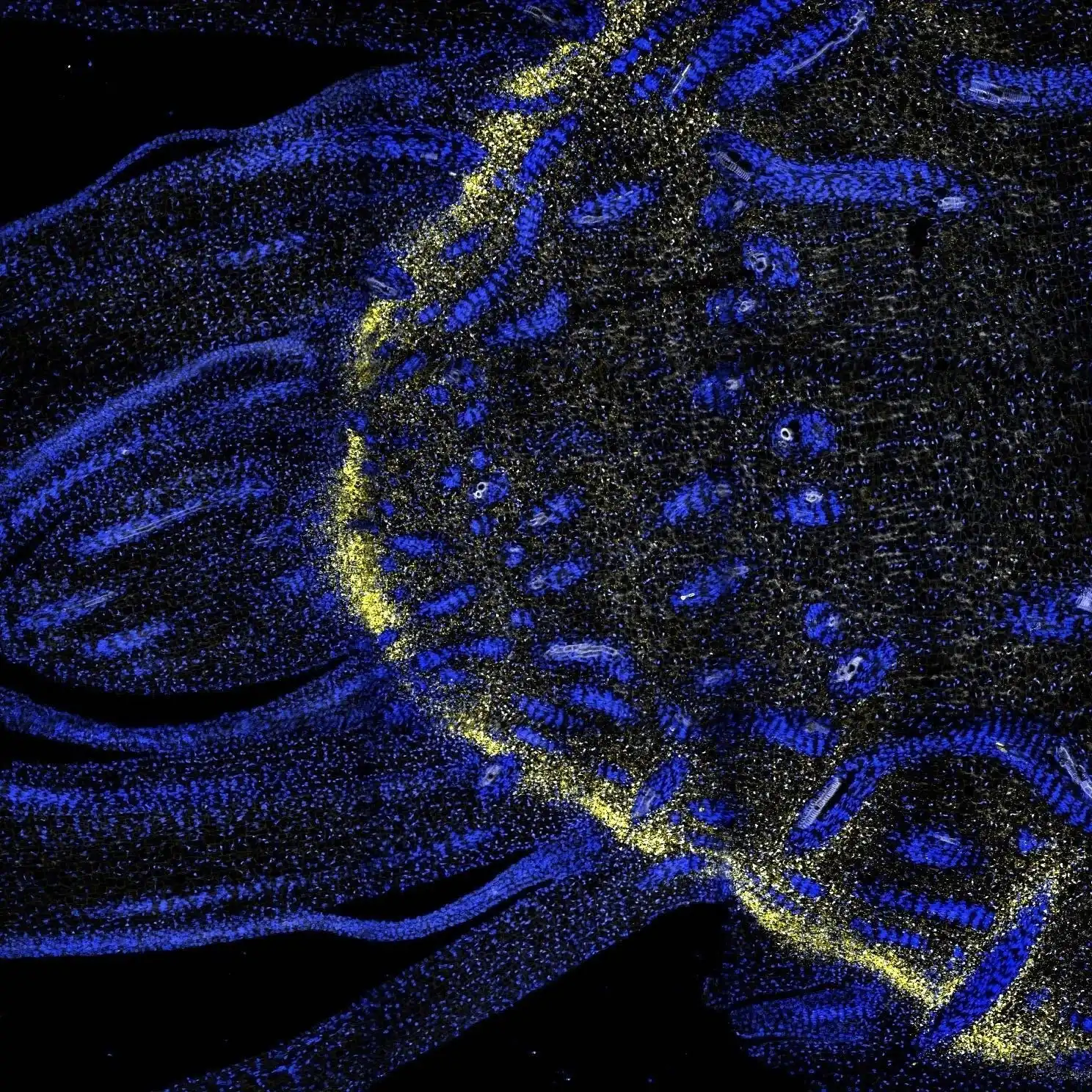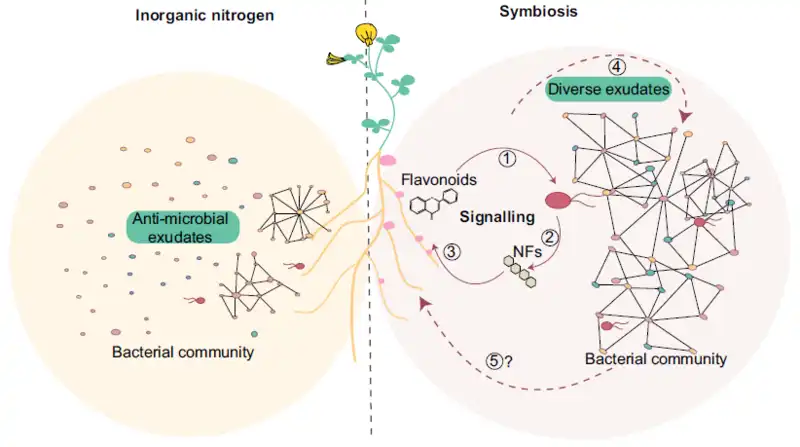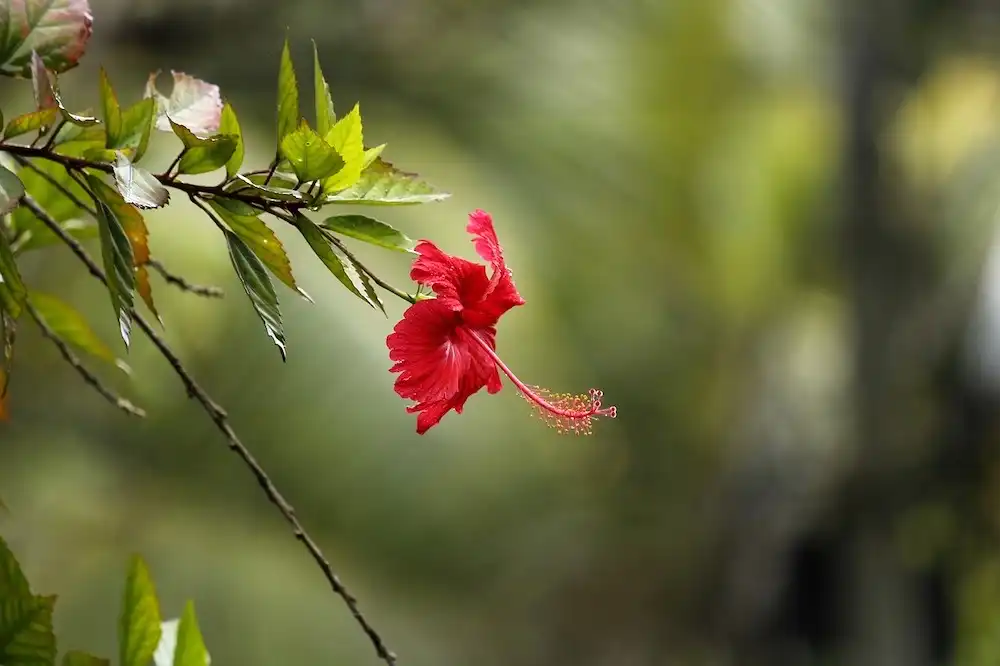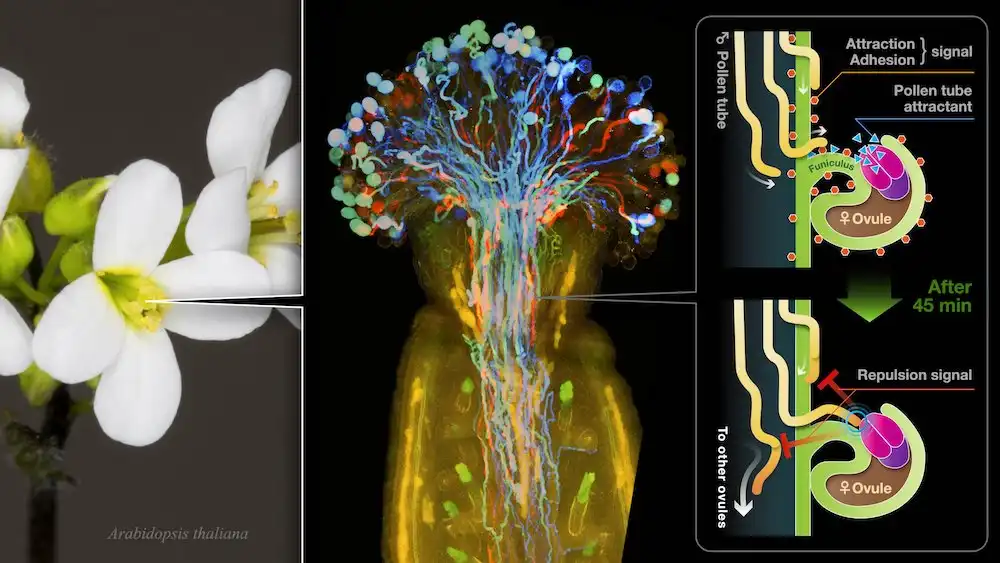
Researchers have developed a new resource to better understand sorghum plant cells, enhancing its use as a bioenergy feedstock. By identifying gene expression patterns in sorghum stems, they aim to create more resilient, productive plants. This advancement could lead to…
Read More











